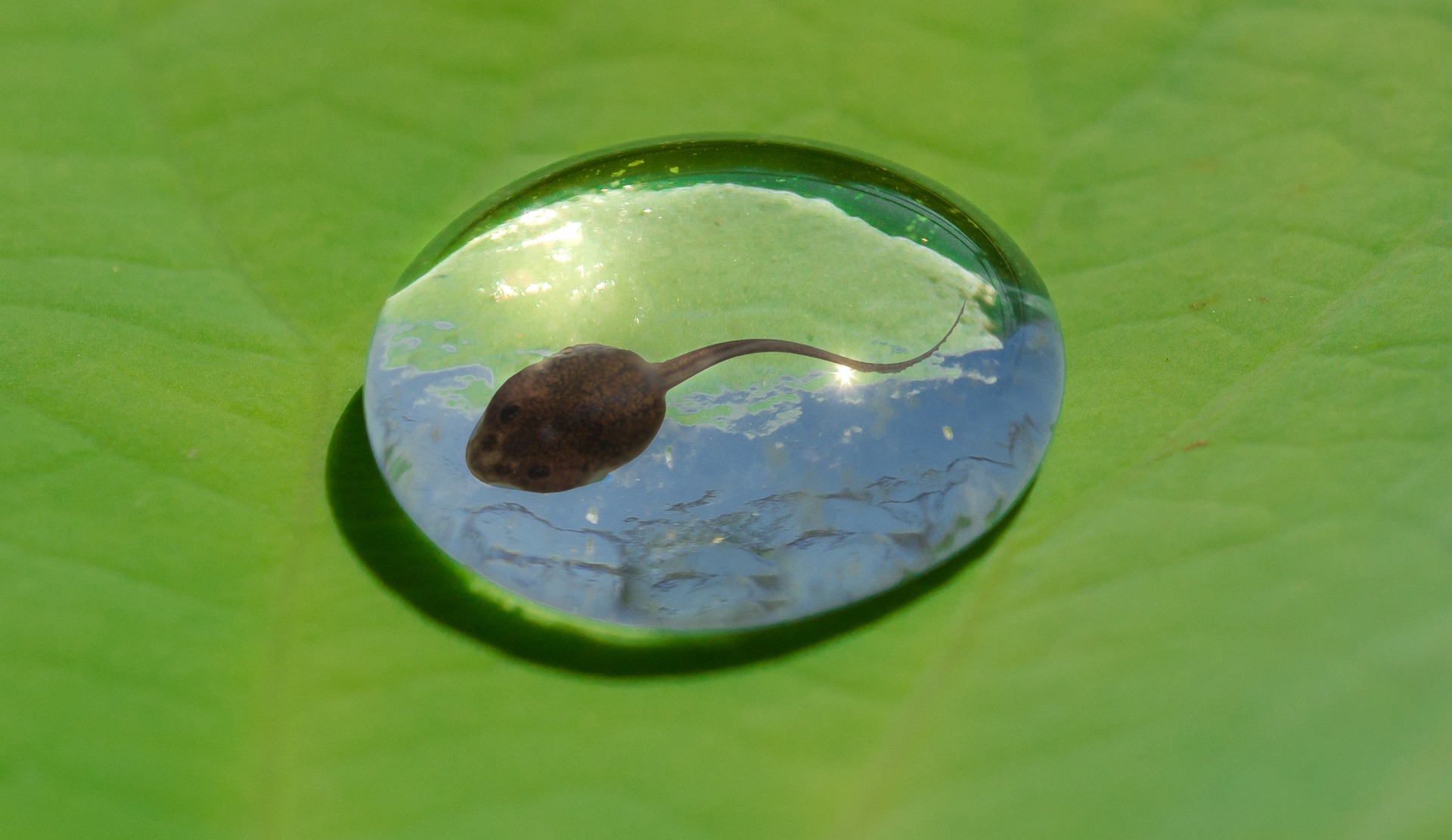
Our tailbones are the last vestiges of the tails we once had. We lost them some 25 million years ago when evolution parted hominoids from Old World Monkeys.
What’s been a mystery is how we lost our tails. A new study points to a change in the TBXT gene. Scientists compared the genomes of six ape species without tails, including humans, with fifteen species of monkeys with tails to find which genes may be involved.
Even though they identified a number of changes in tail gene proteins, none of them correlated with tail loss. But looking at the non-protein coding parts of the genes called introns, they hit the jackpot. Inside the intron they found something called Alu sequences a type of jumping gene. Scientists found two in the TBXT gene of apes that aren’t in the monkeys. Could this be the smoking gun?
What’s interesting is that scientists thought that introns served no purpose because they were removed when making proteins. But in this case, when these sequences were cut out, they took with them something called exons which codes for proteins. This mutation changed the gene and fundamentally altered the function of the protein.
To confirm their findings, the team inserted these Alu sequences into mice and the animals either ended up with shortened tails or none at all. But these mice also had a higher risk of spina bifida, a neural tube defect that affects about one in one thousand human babies. For us, this may be the evolutionary penalty for losing our tails and walking upright.
We are Drs. David Niesel and Norbert Herzog, at UTMB and Quinnipiac University, where biomedical discoveries shape the future of medicine. For much more and our disclaimer go to medicaldiscoverynews.com or subscribe to our podcast. Sign up for expanded print episodes at www.illuminascicom.com or our podcasts at: Medical Discovery News (buzzsprout.com)
More Information
On the genetic basis of tail-loss evolution in humans and apes
The loss of the tail is among the most notable anatomical changes to have occurred along the evolutionary lineage leading to humans and to the ‘anthropomorphous apes’1,2,3, with a proposed role in contributing to human bipedalism
We finally know why humans don't have tails
Researchers discover a potential genetic connection between humans' tail loss and a type of birth defect.
Alu Gene: a database of Alu elements incorporated within protein‐coding genes
Alu elements are short interspersed elements (SINEs) ∼300 nucleotides in length. More than 1 million Alu s are found in the human genome. Despite their being genetically functionless, recent findings suggest that Alu elements may have a broad evolutionary impact by affecting gene structures, protein sequences, splicing motifs and expression patterns.